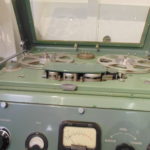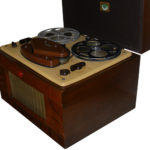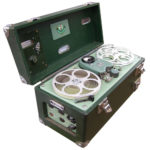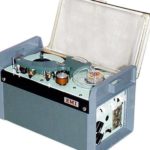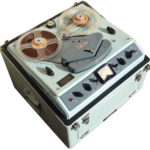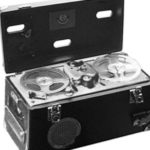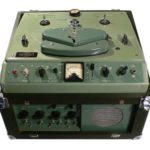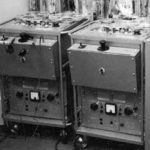In order to use this feature, you need register and become a member.
Already a member? Login Register hereEMI Reel to Reel Tape Recorders

1931 To Present
Company Description Submit New Info
EMI produced reel to reel tape recorders from 1953 to 1968 which were manufactured in United Kingdom. These tape recorders targeted the studio, semi-pro and consumer market. The early models of EMI tape recorders used tube electronics and later on they transitioned to solid-state tape recorders. The company produced both 2 and 4 track machines available in 220-240v, Multi & 110-120v voltages.
1931 – The Gramophone Company and The Columbia Graphophone Company merged into Electric and Musical Industries (EMI)
1940’s – EMI made the reel-to-reel tape recorders known as British Tape Recorders or BTR machines were initially made by EMI in England after World War II. These first magnetic tape recorders to be manufactured in Britain imitated the design of tape recorders used by the Germans during the war.
1947 – The first R-R model made by EMI was the BTR1
1949 – The first prerecorded reel-to-reel tapes were introduced in the USA
1952 – EMI made the improved BTR2 model that boasted better fidelity, that was used not only at EMI studios but at the BBC. EMI started selling pre-recorded tapes in Great Britain. The tapes were twin-track mono (2 tracks) and were duplicated in real time on modified EMI BTR2 recorders.
1955 – EMI released 2-track “stereosonic” tapes. These EMI tapes were much more expensive than a vinyl LP record and sales were poor. EMI released over 300 “stereosonic” titles
1960’s – EMI built only a few BTR3 recorders, initially intended to support 2 or 4 tracks, but only 2 track machines were produced. EMI moved from making recording equipment to selling recordings

